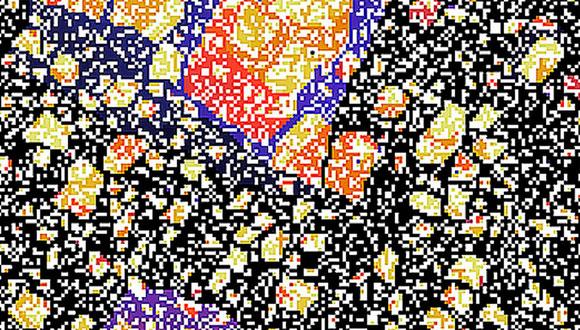Biological & Soft Matter Seminar: The mechanobiology of fat
Amit Gefen, TAU
Abstract:
We recently discovered that fat cells (adipocytes) are mechanosensitive and responsive to sustained mechanical loading. This discovery is fundamentally important for understanding the long-term effects of a sedentary life style (i.e. prolonged sitting and lying periods), given that such a lifestyle predominantly involves static mechanical loads acting upon and within the cells. Our cell-level biomechanical research approach revealed accelerated adipogenesis (production of triglycerides) in cells subjected to sustained large deformations. Specifically, we have developed tissue-engineered three-dimensional (3D) fat cultures in order to determine their mechanical behavior under large physiological deformations. We have further investigated the mechanical behavior of maturing adipocytes in vitro and in silico, to understand the biomechanical cell-cell interactions that potentially lead to increase in adipogenesis and eventually, gain of additional fat mass. We showed how these cell-cell biomechanical interactions trigger molecular signaling pathways such as the MAPK/ERK, which activate the adipogenesis. Additional novel findings from our group, at the individual adipocyte cell-level, demonstrated an increase in cell stiffness with accumulation of intra-cytoplasmic lipid droplets (LDs) using both atomic force and interferometric phase microscopies. These results were used together to develop 3D computational finite element cell modeling of adipocytes, for simulating the structural, large deformation behavior of the maturing adipocytes. Based on our modeling framework, we found that external loads induced localized large strains in the plasma membrane of the cells, which had maximum values over the LDs, thereby providing an explanation regarding how mechanical stimulation accelerated the adipogenesis. The above experimental model systems of cultured adipocytes that were developed in our laboratory facilitated development of multi-scale in silico models of adipocytes embedded in an extracellular matrix. These computational models provided the first evidence that sustained deformations in weight-bearing adipose tissues, as in a sedentary lifestyle, can indeed activate a vicious cycle that takes the form of a positive feedback loop promoting “en mass” adipogenesis. This leads to a viscous cycle at the tissue-scale, which eventually increases the total mass of fat tissues. Our published studies overall provide the explanation regarding how maturing adipocytes deform each other in weight-bearing fat tissues, in a spiral that contributes to the adipogenesis at the cell-scale, and then to gain of fat mass, overweight and obesity at the tissue and body scales.
Seminar Organizer: Guy Yaacoby


